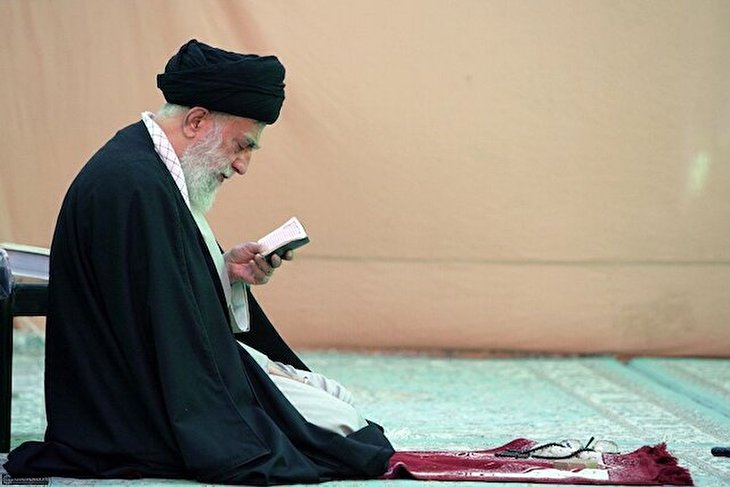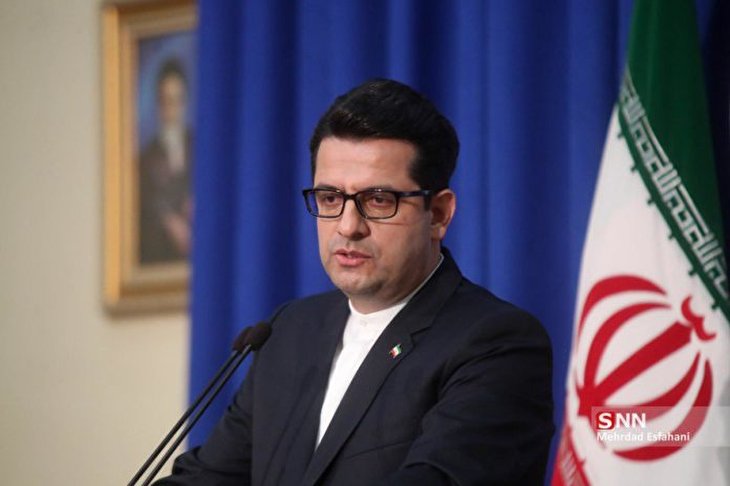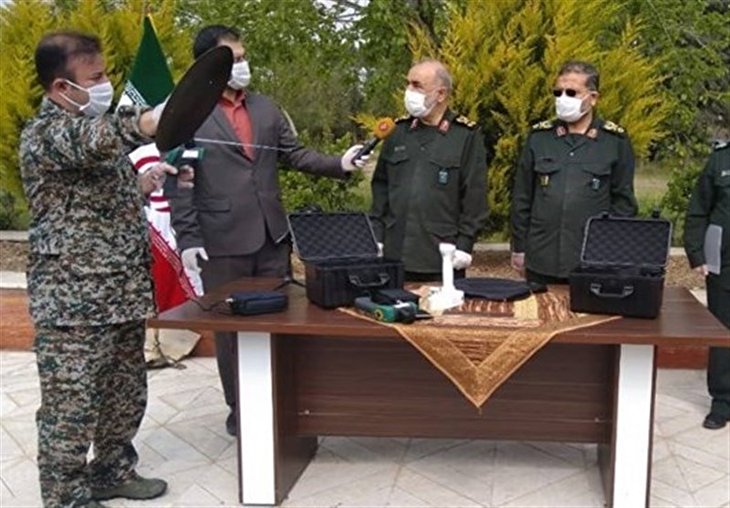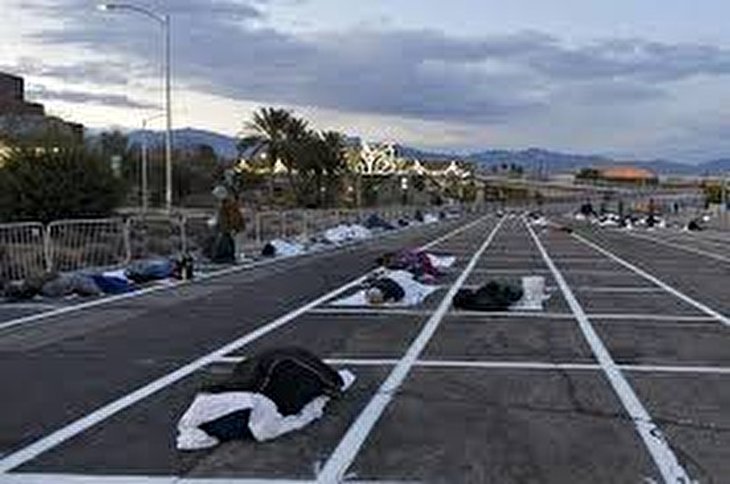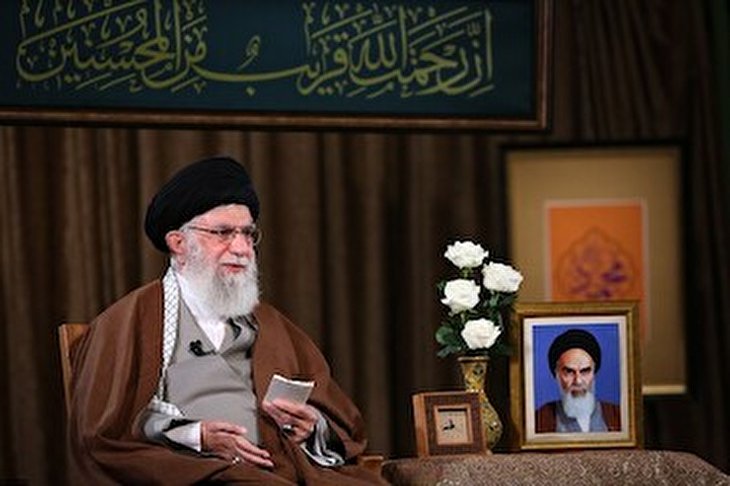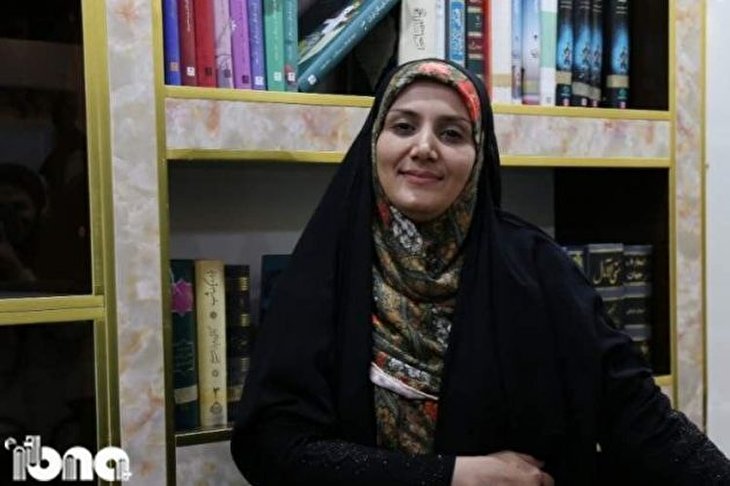
Official: Iran to Build New Sensing Satellite by Yearend

"At present, production of Nahid 1 telecommunication satellite has ended and it is now in the final phase before it is sent for the launcher," Samimi said in Tehran on Sunday.
He added that manufacturing of Pars 1 sensing satellite will also end by the yearend, noting that designing of the engineering model of Nahid 2 telecommunication satellite's propulsion system has also been accomplished and the satellite will soon go for manufacturing.
Late in July, Iranian Communication and IT Minister Mohammad Javad Azari Jahromi announced that the country's newly-developed satellite 'Nahid' had undergone final tests and would be prepared for launch soon.
"The space research centers have accomplished their task on the satellite and related final tests have been carried out, and the satellite could be delivered to the defense ministry within the next one to two weeks to be launched into the orbit," Azari Jahromi told reporters in Tehran after a cabinet meeting.
He added that the problems observed in the last two failed satellite launches of Iran have been resolved, and further expressed hope for a successful launch of Nahid into the orbit.
In January 2019, the domestically-built Payam (Message) satellite was launched into space with an aim to collect environmental information; however, technical problems that occurred during the final stage of the launch prevented the spacecraft from reaching orbit.
In relevant remarks on Sunday, Head of the Iranian Space Research Center (ISRC) Hadi Rezayee said that Iran had completed the development of another satellite and is making final preparations on two others for launch into orbit, adding that his country would keep developing its space program in defiance of restrictions imposed by the US.
Rezayee said that Iranian researchers had prepared the satellites in defiance of the US restrictions when equipment and technology are not available to Iran.
He said that the restrictions created by the US Economic Terrorism created incentives for Iranian researchers to work hard to promote science and technology and train experts in various fields, creating jobs and interconnect the countries which have space technology chain.
Based on national macro-plans, the ISRC has drawn a roadmap for developing sentinel and telecommunications satellites and stratosphere platforms, he noted.
He added that the body is now cooperating with 11 universities and over 300 knowledge-based and private sector companies.
Earlier this month, Head of the Iranian Space Agency (ISA) Morteza Barari announced that his country registered 5 orbit points at the International Telecommunications Union (ITU).
Each year, Iran registers five orbit points which will be left to use by other countries if not used by Iran in the time limit, Barari said on July 15.
Iran launched its first locally-built satellite, Omid (Hope), in 2009. The country also sent its first bio-capsule containing living creatures into space in February 2010, using a Kavoshgar-3 (Explorer-3) carrier.
In February 2015, the Islamic Republic placed its domestically-made Fajr (Dawn) satellite into orbit, which is capable of taking and transmitting high-quality photos to stations on Earth.
Source:FarsNEWS
